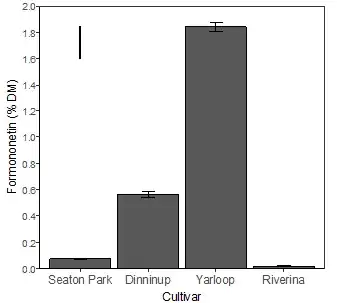Let's look at a simple example where you have 1 dependent variable and 1 independent variable. Lets say your independent variable was "male age", and your dependent variable is "height". So your model wants to model how tall a male is given their age.
Essentially, what you are trying to do with a linear regression model is plot the mean of your dependent variable for all the values of the independent variable. So here, for each age, we want to plot the average height. Now when you go and collect a sample of this data, so say you measure a group of 100 thirty year old males. They aren't all going to be the same height, their heights will have a range between say 5'5" and 6'5" in your sample, but most of the group will be an average of 5'10" or something. What you will see is the heights in your sample are normally distributed around the average height for a 30 year old. The errors are the differences between the average height and the sampled heights, so that's where the normal errors come from.
Here is a bad drawing, but hopefully it makes sense.

Now the reason we assume the errors are normally distributed is dependent on whether we believe the data should be normally distributed around the mean for each value of the independent variable (e.g. age 30). The point is that our assumption about the errors comes from our assumptions about what we expect the distribution of the data to look like if we could see all of the possible data. If for some reason you didn't believe the data should be normally distributed about the mean, then you would not assume that the errors are normally distributed.
The key is to take a step back and pick the tool that you think will model the data best. So for a standard linear regression with normally distributed errors, this tool is designed to model data that has a mean and the distribution of the data is normal around the mean. So we pick linear regression when we have data that fits the assumptions of a linear regression. If not, we might think about finding another tool to model the data instead.
